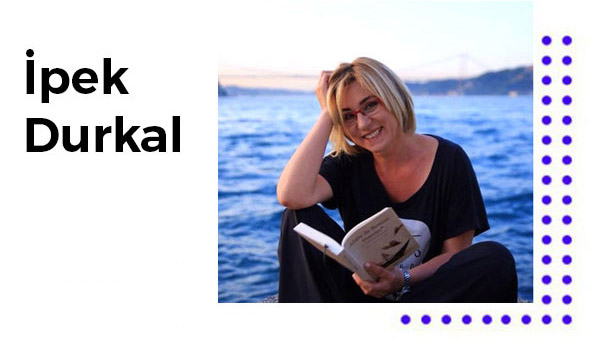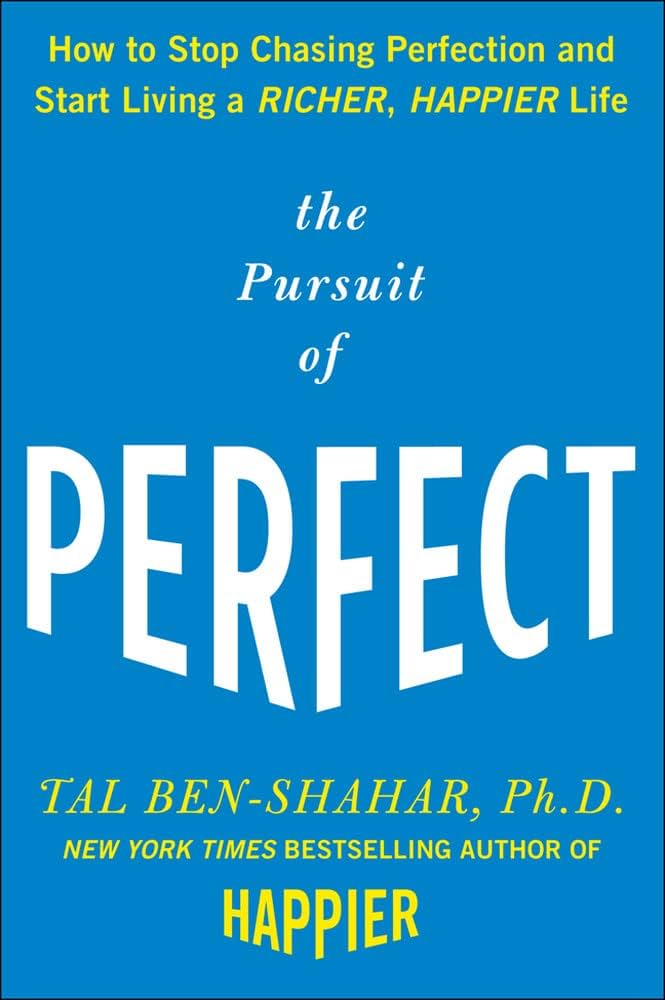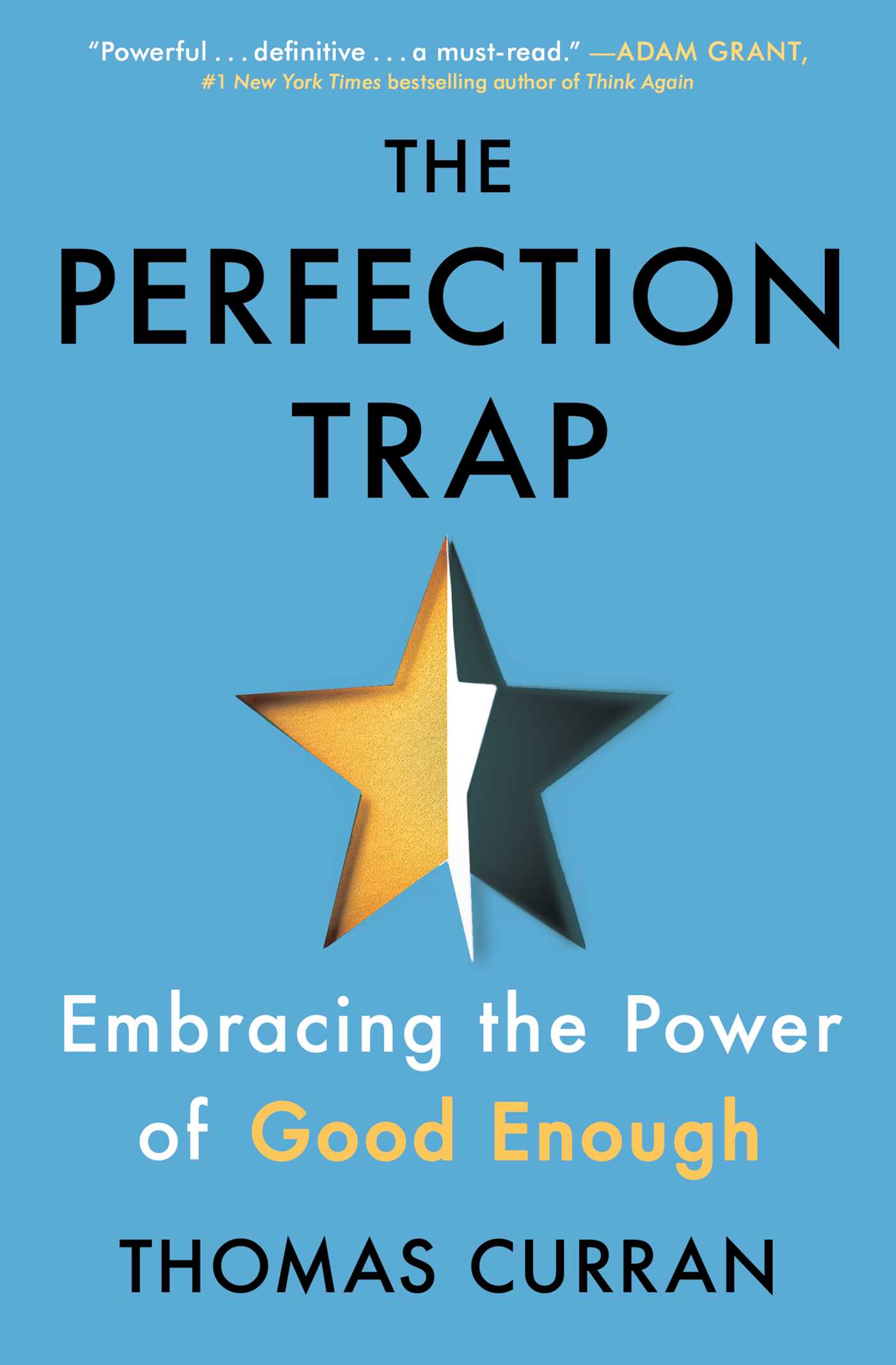
In our culture, when something like ceramic, porcelain, or glass breaks, we throw it away. If it’s glass, we even break the remaining parts ourselves, saying it releases bad energy. A broken mirror, they say, brings seven years of bad luck – so we don’t keep it at home. But things are different in Japan. They approach life with a deeper, more philosophical mindset. For instance, when a ceramic or porcelain item breaks, they repair it with a special resin mixed with gold, silver, or platinum powder. Instead of hiding the cracks, they highlight them. This art is called Kintsugi.
Its philosophy is simple yet profound: embrace imperfections and transform past fractures into sources of strength. Nothing has to be perfect – cracks are part of life. When something broken is mended with gold, it becomes more valuable than before. As a life metaphor, it reminds us that our mistakes, scars and flaws make us unique and precious. In other words, there’s no such thing as being perfect.
The author of The Perfection Trap, British psychologist and academic Thomas Curran, placed a Kintsugi bowl on the cover of his book to draw attention to the beauty and value of human imperfection. Known for his research on the psychological effects of perfectionism, Curran – an expert in social and personality psychology – argues that: “Perfectionism is the defining psychology of an economic system that relentlessly pushes human limits.”
In his research-based book, he explains that perfectionism is not a path to success, but rather an illusion that drives people toward anxiety, burnout, and feelings of inadequacy. Curran describes perfectionism as “an inner struggle – a constant effort to hide and fix the parts of ourselves we perceive as flawed or incomplete.” Exhausting, isn’t it?
In a world built on the pressure to always be better, faster, more successful, richer, more glamorous, more beautiful, happier, stronger, and simply more, the pursuit of perfection has become a dangerous trap for us all. This book pushes readers into a deep self-reflection against the illusion of flawlessness that quietly destroys our mental well-being. The essence is clear: to break free from perfectionism, the invisible epidemic of modern society, we must learn to see ourselves as enough. Each of us is a Kintsugi bowl – complete with our cracks, flaws, and scars, yet still whole, still worthy, and beautifully sufficient just as we are…
THE ENEMY OF HAPPINESS
Here’s another book worth mentioning on this topic: The Pursuit of Perfect by Dr. Tal Ben-Sharar. Known for his positive psychology lectures at Harvard University, Ben-Sharar, much like Thomas Curran, argues that perfectionism is the greatest enemy of happiness and reminds us: “Don’t lose yourself in the pursuit of perfection. True happiness begins the moment you make peace with your imperfections.”
While Curran’s approach is rooted in social and psychological research – focusing on external pressures like competition, societal expectations, and media influence – Ben-Sharar’s tone is more personal growth-oriented. He turns our attention inward, emphasizing self-compassion, acceptance, and emotional balance.
If you find yourself constantly sabotaging your own peace in the name of “doing better,” both of these books might offer exactly the insight and relief you need.




